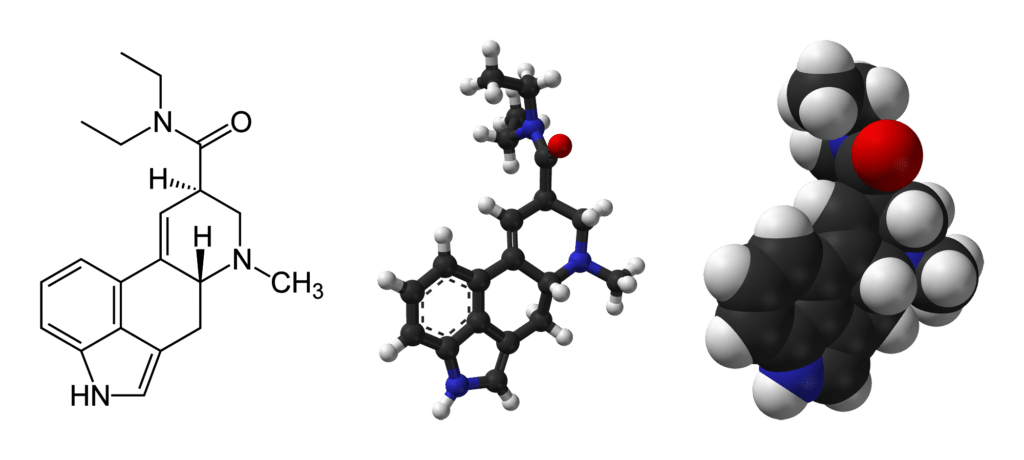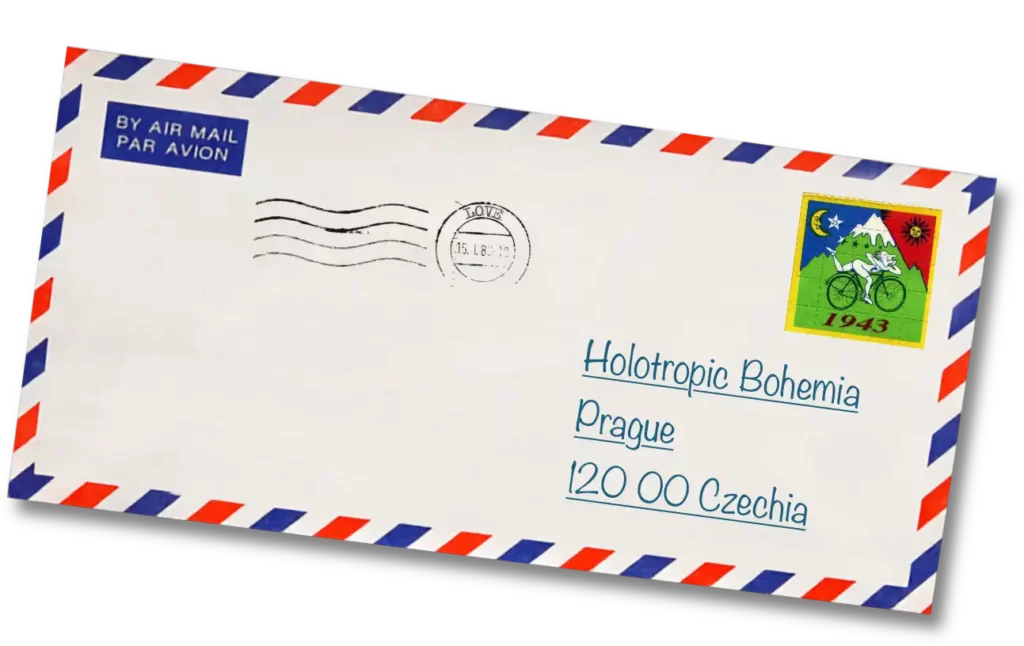Further Reading
CONTENTS
Here’s a list of some of the most essential and well known books by Stanislav Grof, author of the holotropic breathwork method. It is not absolutely necessary to be familiar with the books in order to genuinely benefit from the practice of Holotropic Breathwork, but for those who want to access the true power of the practice, reading at least one of these works is a must.
The Adventure of Self-Discovery
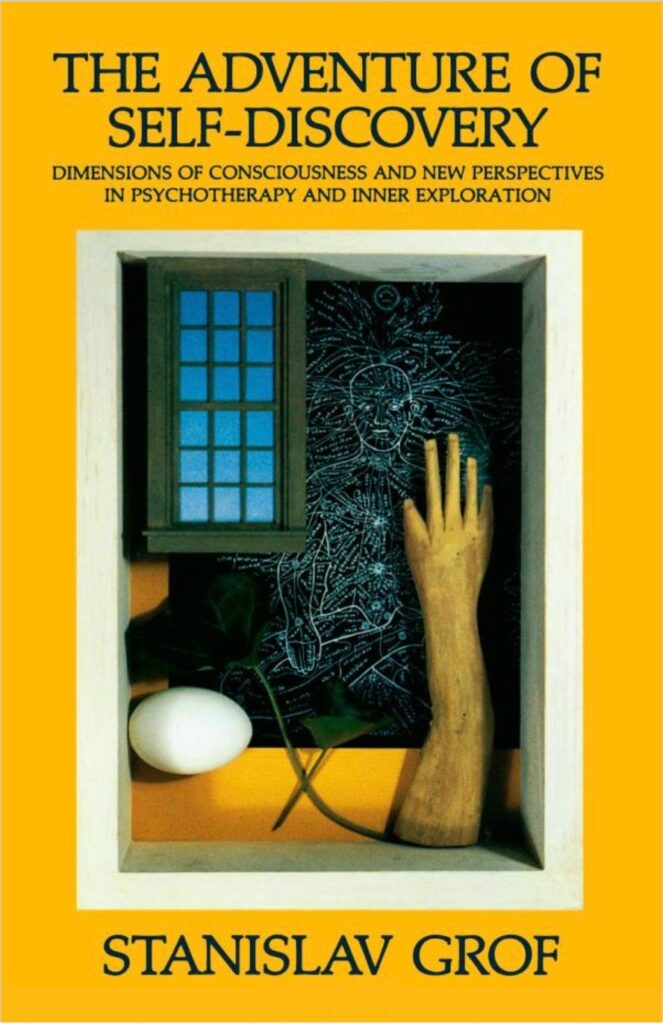
The Adventure of Self-Discovery (1988) is a classic that has served as the first choice for many newcomers to the transpersonal paradigm. It opens with an introduction of the core concepts unique to Stanislav Grof’s work. After laying out his extended cartography of the unconscious, including the Basic Perinatal Matrices, Grof moves on to present a lengthy list of descriptions of all imaginable kinds of transpersonal experiences, accompanied by real-life stories collected over the years from his patients and clients. In the second part of the book, Grof offers a closer insight into the theory and practice of the holotropic breathwork method.

The Adventure of Self-Discovery (1988) is a classic that has served as the first choice for many newcomers to the transpersonal paradigm. It opens with an introduction of the core concepts unique to Stanislav Grof’s work. After laying out his extended cartography of the unconscious, including the Basic Perinatal Matrices, Grof moves on to present a lengthy list of descriptions of all imaginable kinds of transpersonal experiences, accompanied by real-life stories collected over the years from his patients and clients. In the second part of the book, Grof offers a closer insight into the theory and practice of the holotropic breathwork method.
Psychology of the Future
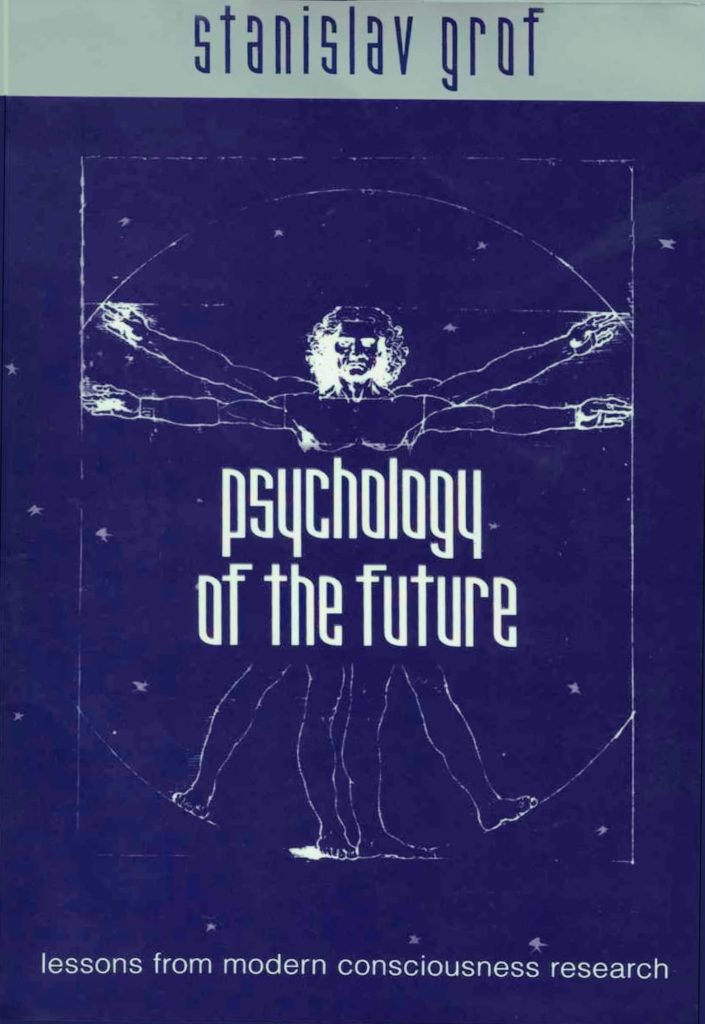
Psychology of the Future (2000) is a comprehensive, entry-level summary of all the essential concepts of Grof’s life-long work. After reading it, you will have a good, overall understanding of what transpersonal psychology is all about, and you will have the basic, most important concepts of Grof’s work at your disposal. This book will help you to successfully confront the challenges of sustained holotropic breathwork practice and to integrate your experiences from states of expanded consciousness methodically and with confidence. For the average beginner, either this, or The Adventure of Self Discovery are the books to go for.
Psychology of the Future (2000) is a comprehensive, entry-level summary of all the essential concepts of Grof’s life-long work. After reading it, you will have a good, overall understanding of what transpersonal psychology is all about, and you will have the basic, most important concepts of Grof’s work at your disposal. This book will help you to successfully confront the challenges of sustained holotropic breathwork practice and to integrate your experiences from states of expanded consciousness methodically and with confidence. For the average beginner, either this, or The Adventure of Self Discovery are the books to go for.

Beyond the Brain
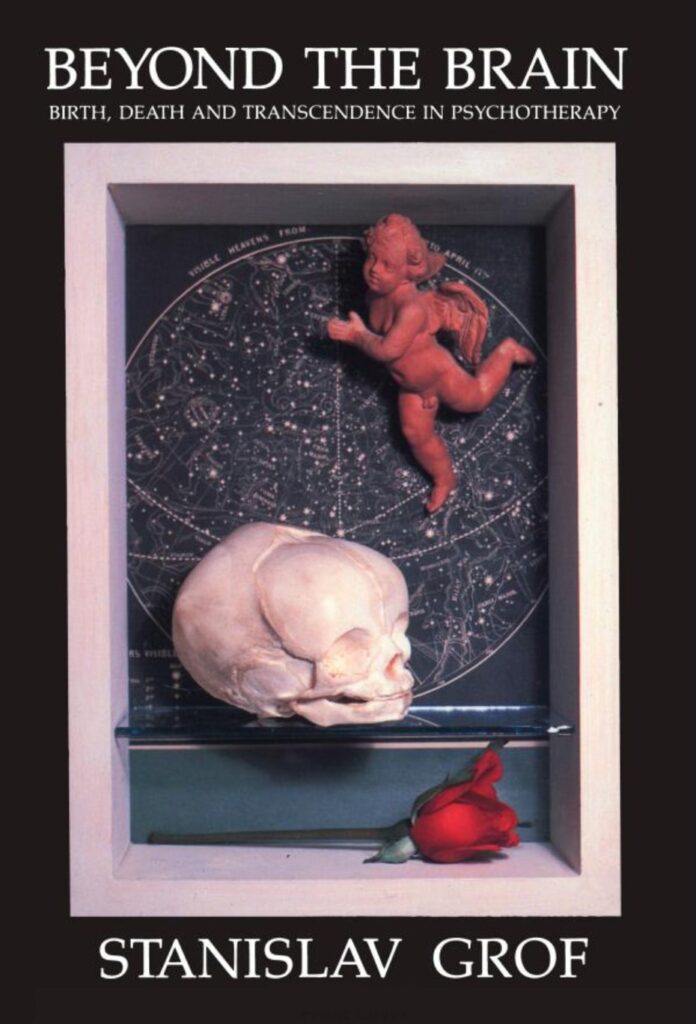
Beyond the Brain (1985) is the most comprehensive and scholarly of Grof’s books. It contains everything you will find in Psychology of the Future, but adds significantly more detail and depth. The text is dense and often introduces radical ideas that will challenge the reader’s imagination. Those who are not accustomed to reading technical language may find the text difficult and an occasional peek into a dictionary may be necessary. On the other hand, those who have read Beyond the Brain will have a most solid and well grounded understanding of the theory behind holotropic and psychedelic therapies.

Beyond the Brain (1985) is the most comprehensive and scholarly of Grof’s books. It contains everything you will find in Psychology of the Future, but adds significantly more detail and depth. The text is dense and often introduces radical ideas that will challenge the reader’s imagination. Those who are not accustomed to reading technical language may find the text difficult and an occasional peek into a dictionary may be necessary. On the other hand, those who have read Beyond the Brain will have a most solid and well grounded understanding of the theory behind holotropic and psychedelic therapies.
The Cosmic Game
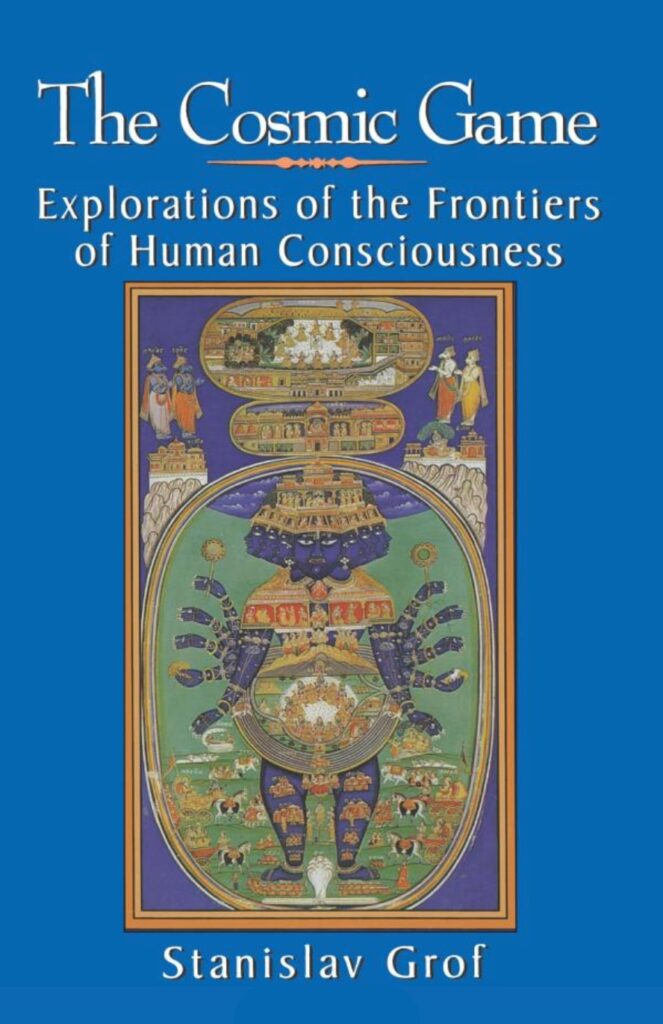
The Cosmic Game (1998) is a shortish book, not very technical or difficult to read. It is uplifting and inspiring. It’s the kind of book one might enjoy reading just before bedtime, preparing the mind for vivid dreams full of symbolic meaning. In this book, Grof explores the philosophical and metaphysical ramifications of working with non-ordinary states of consciousness, drawing many connections to the world’s great spiritual traditions and mythologies. Chapters like „The Problem of Good and Evil“, „Birth, Sex and Death“ or „The Mystery of Karma and Reincarnation“ make The Cosmic Game an unputdownable read.
The Cosmic Game (1998) is a shortish book, not very technical or difficult to read. It is uplifting and inspiring. It’s the kind of book one might enjoy reading just before bedtime, preparing the mind for vivid dreams full of symbolic meaning. In this book, Grof explores the philosophical and metaphysical ramifications of working with non-ordinary states of consciousness, drawing many connections to the world’s great spiritual traditions and mythologies. Chapters like „The Problem of Good and Evil“, „Birth, Sex and Death“ or „The Mystery of Karma and Reincarnation“ make The Cosmic Game an unputdownable read.



